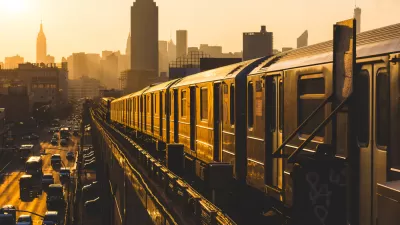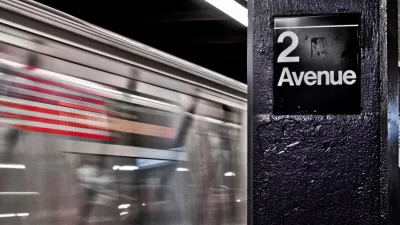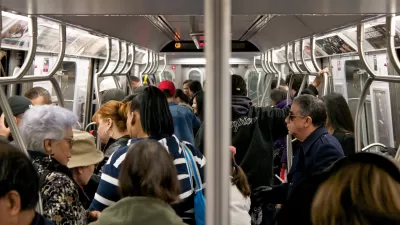The agency could see an influx of capital funds from congestion pricing, but cuts to bus and rail service to make up for budget shortfalls would result in long-term setbacks to the system.

The New York Metropolitan Transportation Authority is looking at ways to cut back to address an increasing budget shortfall, but service cuts are not the way to do this, argues Andrew Albert. Widespread support for congestion pricing points to $40 billion of capital funds in the future, which would result in more people moving to transit.
"That means there has to be service to get people where they need to go. It’s simple: if the service isn’t there, the riders won’t come. Why fund new signals when there are fewer trains to take advantage of them?" says Albert.
Instead, he urges a dedicated funding stream for operations, which could come from a sales tax increase or changes to the gas tax. "Clearly, no one wants to raise taxes, but neither can we ignore the deleterious results of service cuts. New York and the surrounding region cannot afford to be caught in a transit death spiral. Our economy will suffer but riders will be the biggest losers," adds Albert.
FULL STORY: MTA needs more revenue, not service cuts

Maui's Vacation Rental Debate Turns Ugly
Verbal attacks, misinformation campaigns and fistfights plague a high-stakes debate to convert thousands of vacation rentals into long-term housing.

Planetizen Federal Action Tracker
A weekly monitor of how Trump’s orders and actions are impacting planners and planning in America.

In Urban Planning, AI Prompting Could be the New Design Thinking
Creativity has long been key to great urban design. What if we see AI as our new creative partner?

How Trump's HUD Budget Proposal Would Harm Homelessness Response
Experts say the change to the HUD budget would make it more difficult to identify people who are homeless and connect them with services, and to prevent homelessness.

The Vast Potential of the Right-of-Way
One writer argues that the space between two building faces is the most important element of the built environment.

Florida Seniors Face Rising Homelessness Risk
High housing costs are pushing more seniors, many of them on a fixed income, into homelessness.
Urban Design for Planners 1: Software Tools
This six-course series explores essential urban design concepts using open source software and equips planners with the tools they need to participate fully in the urban design process.
Planning for Universal Design
Learn the tools for implementing Universal Design in planning regulations.
Gallatin County Department of Planning & Community Development
Heyer Gruel & Associates PA
JM Goldson LLC
City of Camden Redevelopment Agency
City of Astoria
Transportation Research & Education Center (TREC) at Portland State University
Jefferson Parish Government
Camden Redevelopment Agency
City of Claremont





























